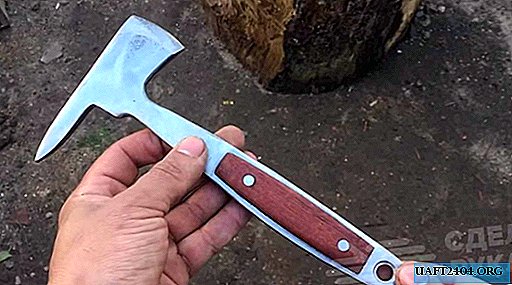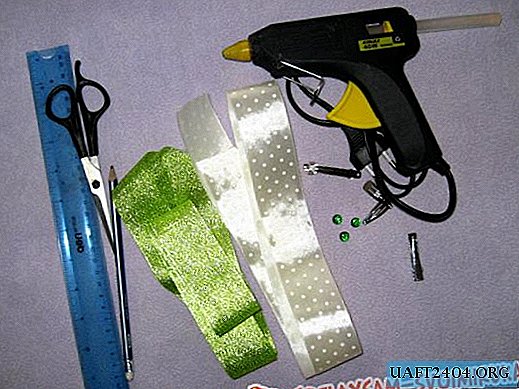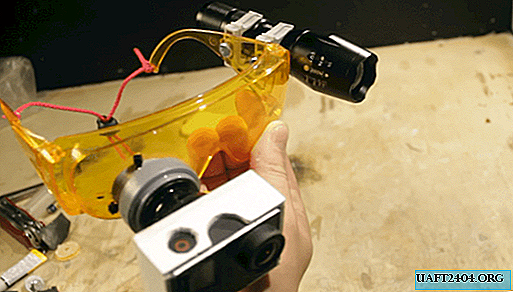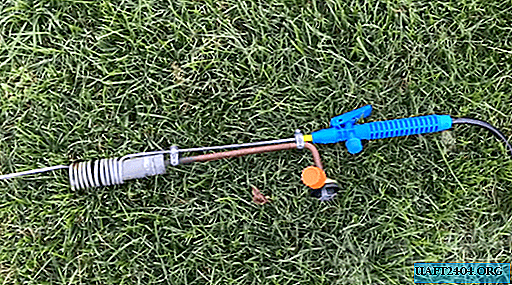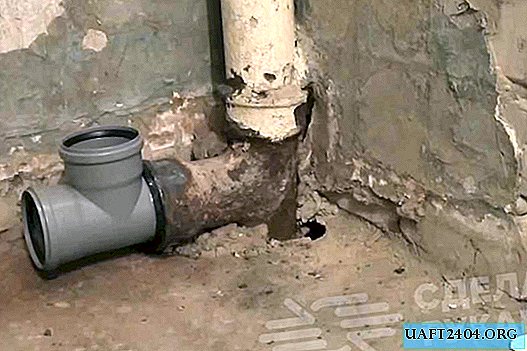Share
Pin
Tweet
Send
Share
Send
Such a radio bug was built according to the three-point capacitive scheme (like all other known schemes), the components were carefully selected. The frequency does not swim, as is the case with many radio bug schemes. If you stand with the receiver at a distance of 1, 10 and 50 meters from the beetle, then the frequency drift will be only 100-120 kHz - which you will agree is very small, and can not affect the quality of wiretapping.
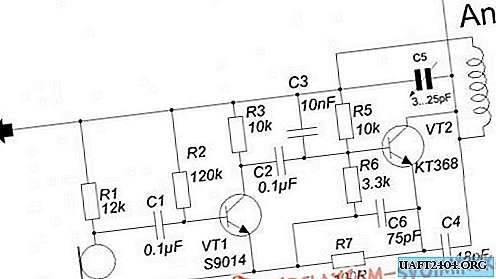
The beetle can be used for directional wiretapping of rooms and even objects that are in motion! This was made possible thanks to the selection of transmitter components, which makes the modulated signal quite stable, and the circuit at the same time remains simple and affordable even for a beginner amateur.
In the transmitter, the use of high-frequency and microwave transistors of low power is possible. It is advisable to use transistors with a cutoff frequency of 700-1000 MHz. The domestic KT368 (which is a complete analogue of the transistor indicated in the circuit) is perfect.
To increase the sensitivity of the radio microphone, an additional microphone amplifier was used, the circuit of which is built on only one transistor.
The transistor is literally any low-power - KT3102, KT315, KT368, S9014, S9018 and others similar. Such an amplifier makes it possible to catch even a quiet whisper in a 4x4 meter room. The sensitivity of the bug is about 5 meters.
Antenna - stranded wire in rubber insulation with a length of 10-25cm.

The coil consists of 5 turns, wound on a frame with a diameter of 3-4mm. As a frame, you can use a paste from a helium pen. For the circuit, you can use a wire with a diameter of 0.5-1.2 mm (in my case, 0.8 mm).
The microphone can be taken from almost any electronic soundtrack, sensitivity is not very important, because the bug has an additional microphone amplifier.
All installation was done on a breadboard, because I did not want to poison the board for the beetle, the performance of which is not yet clear. Resistors are sealed on the back of the board.

To tune to the desired frequency, a variable capacitor was used, which, after full tuning, was replaced by a constant capacitor (capacity 18 picofarads). By rotating this capacitor, you can tune the bug to the frequency you need.
The beetle operates at frequencies of 96-99 MHz, caught on a regular FM receiver. With a high-quality receiver, the bug can be caught at a distance of up to 150 meters.




Share
Pin
Tweet
Send
Share
Send



